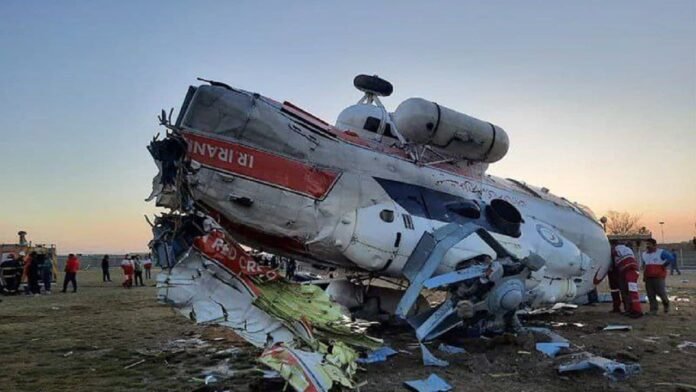Jabar Zarif’s remarks attributing the responsibility for President Ebrahim Raisi’s helicopter crash to United States sanctions in a recent interview with state media have further intensified the ongoing conflict between Iran and the U.S., thereby exposing wider implications of sanctions on Iranian aviation industry.
Zarif’s Claims Iran Helicopter Crash
Sanctions’ Impact on Aviation
According to Zarif, due to the sanctions, it is difficult for Iran to access spare parts and other equipment necessary for its aviation. This has downgraded the safety levels of Iranian aircraft, increasing their chances of accidents. He remarked that Iranians will never forget the American government’s crimes against them, but he expressed his optimism in cooperation and resilience as keys to this matter among Iranians.
The Iran Helicopter Crash
In yesterday’s sad helicopter accident, nine people, including President Ebrahim Raisi, Foreign Minister Hossein Amir-Abdollahian, and others, died. The passengers included East Azerbaijan Governor Malek Rahmati, Tabriz Imam Seyed Mohammad Al-Hashem, Commander Sardar Seyed Mehdi Mousavi from the President’s security unit, plus a bodyguard and crew members who were nine in total.
Aftermath & Rescue Operations
This morning, the wreckage of the chopper was located, ending any remaining hope about survivors. It also confirmed the death of all passengers, thus spelling great loss for Iran.
The crash on a helicopter, which cost President Ibrahim Raisi’s life, has taken a new turn following an accusation made by Javad Zarif blaming us for sanctions, therefore giving another dimension to the already strained relations between Iran and the United States. The incident brings out to the public gaze not only the severe results of global sanctions on Iran’s infrastructure but also the continuing political and humanitarian challenges in that country. As Iran mourns its fallen leaders, the debate on whether sanctions compromise civilian safety and national security remains relevant.


